Rare Rides Icons: The History of Imperial, More Than Just a Car (Part III)

Our series on Imperial continues today, after a strong start in the coachbuilt Twenties turned into a big aerodynamic flop in the Thirties with the Airflow Imperial. The error in judgment was immediately apparent; the Imperial with groundbreaking styling lasted only three model years.
Chrysler was determined to start Imperial over, and in its third generation returned to a much more conservative large luxury car template.
The first and most important part of the return to form was the Imperial’s construction, which was once again body on frame. The 1937 Imperial was constructed at Jefferson Avenue Assembly (replaced by Jefferson North Assembly in 1991) after it moved to the Highland Park Chrysler Plant for its Airflow years. Jefferson made several different wheelbases of the third-gen Imperial, as the car shrunk in length at the shorter end, but remained on the same wheelbase for its most expensive model. The smallest Imperial used a 121-inch wheelbase, supplemented by lengths of 125, 140, and 144 inches in the middle, and the most prestigious Series CW Custom used the same 146.5-inch wheelbase as before. The Custom was quite a step up in length: A midsize Imperial stretched about 205 inches, while the Custom sat at over 223 inches.
Though a more conservative design, Chrysler still brought their newest technology to Imperial. New features centered around safety, and included recessed dash controls for less frequent impalement in crashes, door handles that were flexible and broke fewer bones, and padded seatbacks. Other niceties included new defroster vents in the dash and engine mounts that were fully insulated. Inside the Imperial’s cabin was a new crank to allow additional ventilation via tilting the lower edge of the windshield outward.
Two body styles were initially available from the factory – sedan and limousine – and both had four doors. Gone were the forward-looking curves of the prior year, as the 1937 Imperial adopted a torpedo look that was more in line with the successful Airstream model Chrysler introduced in 1935. In its debut year, the smallest Imperial was dubbed C-14 and used the 4.5-liter inline-eight from Chrysler’s Royal C-16. The midrange C-15 Imperial was marketed as the Custom and Town Sedan Limousine, while the top trim was known once more as Series CW Custom. Coachbuilt bodies were once again on offer to suit customer preference, notably from LeBaron.
The newly conservative Imperial found success to be immediate compared to its predecessor. After just 4,500 sales of the least expensive C-10 Airflow Imperial in 1936, 11,976 C-14 Touring Sedans were sold in 1937. Base price moved even lower for Imperial’s third generation, at $1,100 ($21,400 adjusted). The smallest second-gen Imperial in 1934 was $1,625 ($34,000 adj.). Imperial became more and more accessible to the middle of the car market.
The changes in buyer profile were apparent to Chrysler, and 1937 would be the only year one could order an Imperial Custom CW. Officially Chrysler sold none that year, but three actually exist and wear LeBaron coachwork. The CW was so exclusive that each of its trio of buyers was noteworthy: Known chocolatiers the Hershey family, NBC and CBS radio personality Major Edward Bowes, and Manuel L. Quezon, president of the Philippines. These three special cars used their own engines: a 6.3-liter inline-eight reserved exclusively for the Custom CW.
In 1938 as was tradition, Imperial changed its series numbers again. C-19 and C-20 were the new numbers, as the American public took no notice of the absence of the Custom CW nobody bought. C-19 was also used for a new, lesser offering at Chrysler called the New York Special. It used that name for exactly one model year, before its transformation into the much more familiar New Yorker. The main differentiation between NYS and the Imperial was body options. The Special was offered only as Touring Sedan and Business Coupe, while the C-19 Imperial had six different body options direct from Chrysler, and could be bodied by a coachbuilder as well. Two-door convertibles appeared in the lineup, and a four-door convertible joined the sedans on offer.
The new top trim C-20 Custom expanded its reach as well and had three different Chrysler bodies and five additional offered by Derham. The most exclusive Imperial at the time was a Town Car Limousine with a Derham body. The C-19 Touring Sedan was the popular volume model in 1938, and Chrysler sold 8,554 in the torpedo Imperial’s second year.
1939 was the final year for the third-generation Imperial, and once more models were updated to C-23 and C-24. The base C-23 was largely the same car as the newly renamed New Yorker and the less expensive Saratoga. Differentiation for the low-level Imperial this year came down to grilles, additional chrome, and interior upholstery. C-24 fared better, and again was available in three different sedans from Chrysler, or three convertibles built by Derham. The longest Limousine Sedan version still offered seating for seven but was much more affordable at about $2,695 ($52,800 adj.) than its elite class predecessors. Imperial still reached high though, as it was chosen as the ride of choice for King George VI and Queen Elizabeth during their 1939 tour of Canada. Their Custom Convertible Town Car was built by Derham and was one of three made.
Although all 1939 Imperials used the same 5.3-liter inline-eight and still used a three-speed manual, there was a notable tech update for 1939: Fluid Drive. Chrysler trademarked the transmission technology for use in its cars, though its invention was by a German engineer in the earlier part of the century. The Fluid Drive transmission replaced the traditional flywheel with a hydraulic coupling, and its functionality was the same as what a torque converter would do today. The transmissions used a traditional clutch, and Fluid Drive was applied to both three- and four-speed manuals. Chrysler introduced the technology in 1939 on its most expensive models like the Imperial and expanded it to DeSoto in 1940 and Dodge in 1941.
Imperial bowed out of its third-generation format after 1939, as torpedo styling and big bulbous fenders had fallen out of fashion. Smooth lines were approaching, as was a loss in differentiation from its more plebeian Chrysler siblings. We’ll tackle the Forties in Part IV.
[Images: Chrysler]

Interested in lots of cars and their various historical contexts. Started writing articles for TTAC in late 2016, when my first posts were QOTDs. From there I started a few new series like Rare Rides, Buy/Drive/Burn, Abandoned History, and most recently Rare Rides Icons. Operating from a home base in Cincinnati, Ohio, a relative auto journalist dead zone. Many of my articles are prompted by something I'll see on social media that sparks my interest and causes me to research. Finding articles and information from the early days of the internet and beyond that covers the little details lost to time: trim packages, color and wheel choices, interior fabrics. Beyond those, I'm fascinated by automotive industry experiments, both failures and successes. Lately I've taken an interest in AI, and generating "what if" type images for car models long dead. Reincarnating a modern Toyota Paseo, Lincoln Mark IX, or Isuzu Trooper through a text prompt is fun. Fun to post them on Twitter too, and watch people overreact. To that end, the social media I use most is Twitter, @CoreyLewis86. I also contribute pieces for Forbes Wheels and Forbes Home.
More by Corey Lewis
Latest Car Reviews
Read moreLatest Product Reviews
Read moreRecent Comments
- Corey Lewis It's not competitive against others in the class, as my review discussed. https://www.thetruthaboutcars.com/cars/chevrolet/rental-review-the-2023-chevrolet-malibu-last-domestic-midsize-standing-44502760
- Turbo Is Black Magic My wife had one of these back in 06, did a ton of work to it… supercharger, full exhaust, full suspension.. it was a blast to drive even though it was still hilariously slow. Great for drive in nights, open the hatch fold the seats flat and just relax.Also this thing is a great example of how far we have come in crash safety even since just 2005… go look at these old crash tests now and I cringe at what a modern electric tank would do to this thing.
- MaintenanceCosts Whenever the topic of the xB comes up…Me: "The style is fun. The combination of the box shape and the aggressive detailing is very JDM."Wife: "Those are ghetto."Me: "They're smaller than a Corolla outside and have the space of a RAV4 inside."Wife: "Those are ghetto."Me: "They're kind of fun to drive with a stick."Wife: "Those are ghetto."It's one of a few cars (including its fellow box, the Ford Flex) on which we will just never see eye to eye.
- Oberkanone The alternative is a more expensive SUV. Yes, it will be missed.
- Ajla I did like this one.



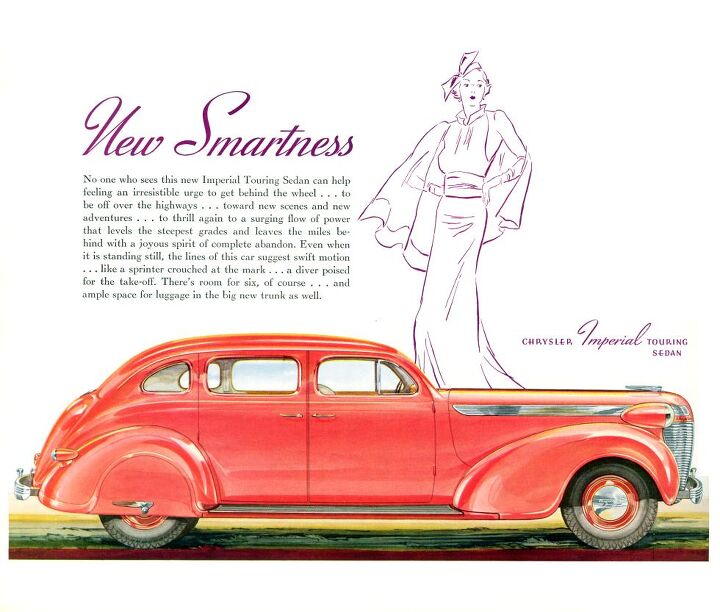


















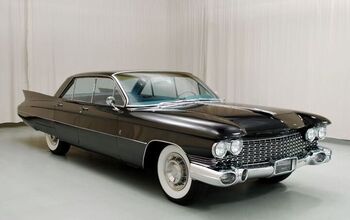
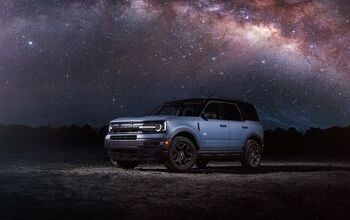

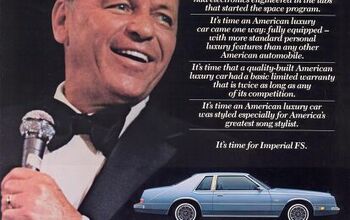
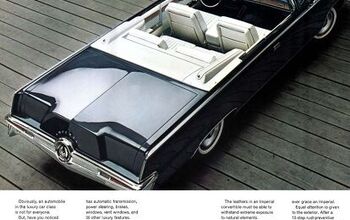
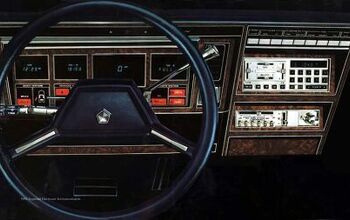
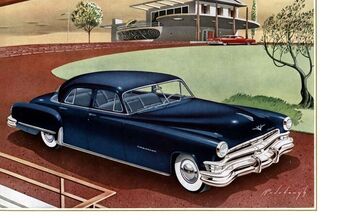
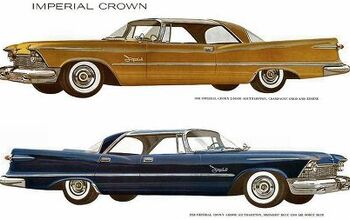

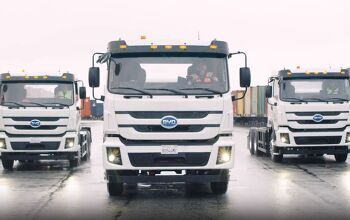

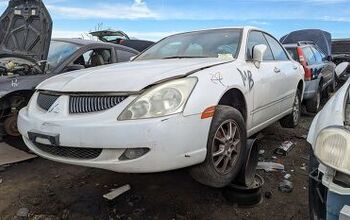
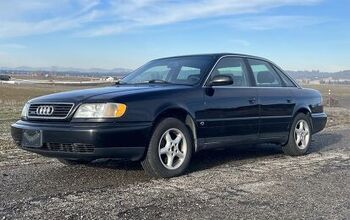
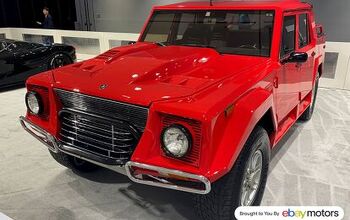
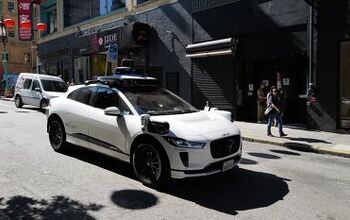
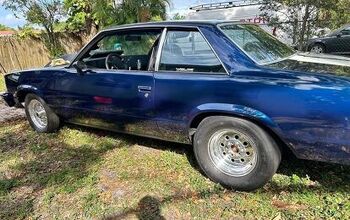
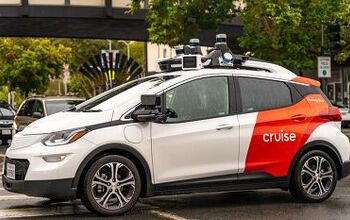
Comments
Join the conversation
I don't think these are as "smart" looking as the Airflow designs.
@Lie2me--The long hoods are why the manufacturers started putting hood ornaments on cars just use the hood ornament to center your car in your lane. Latter with power steering you could use your pinky and steer your car using the hood ornament to align it with the road in perfect land yacht form.